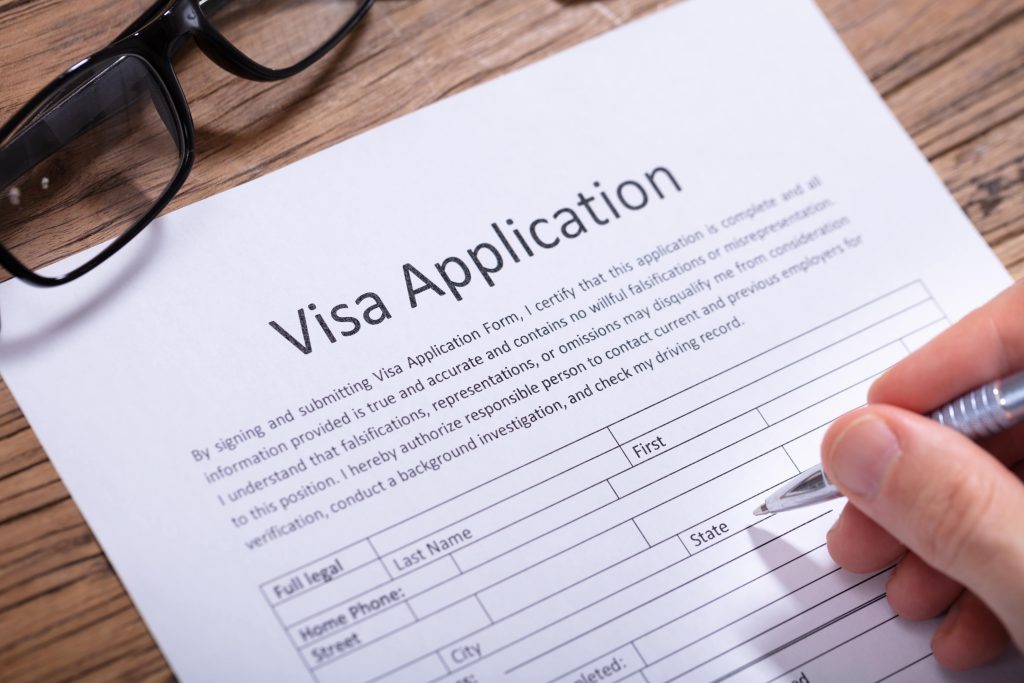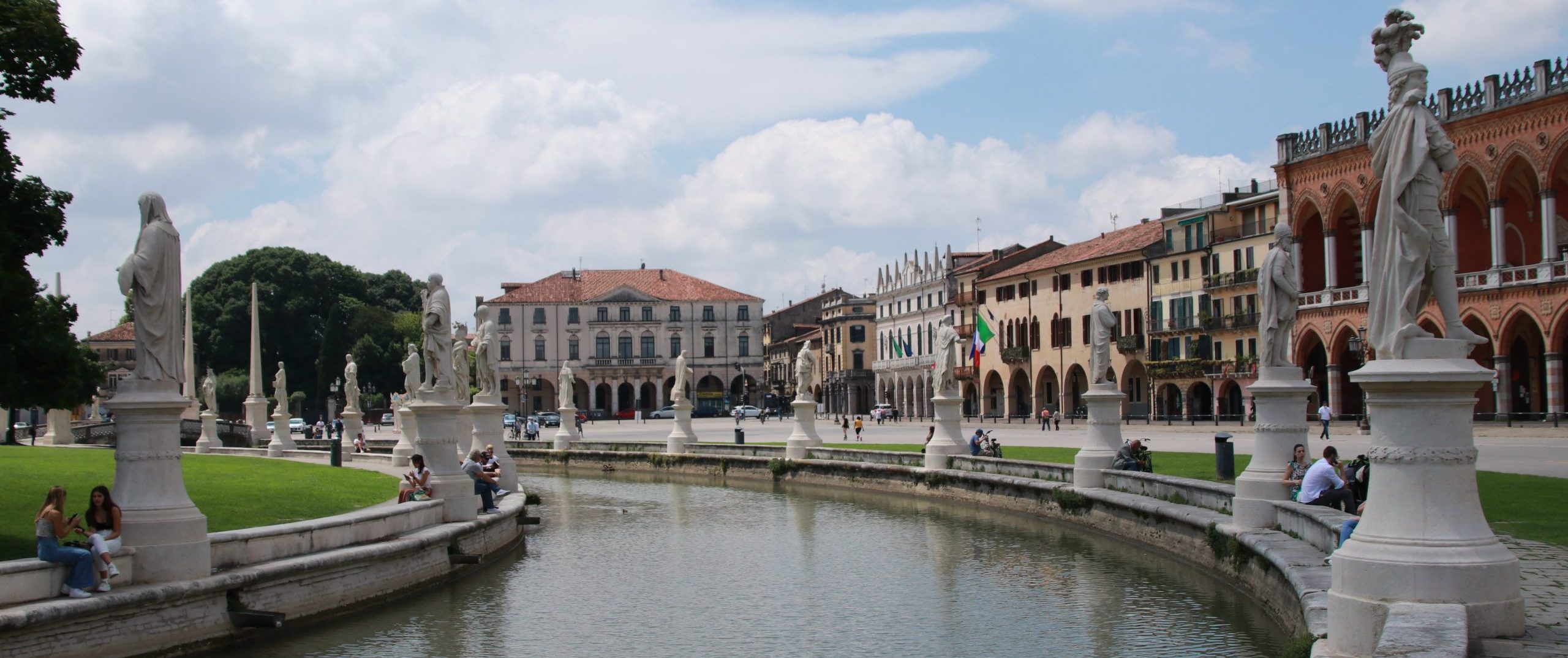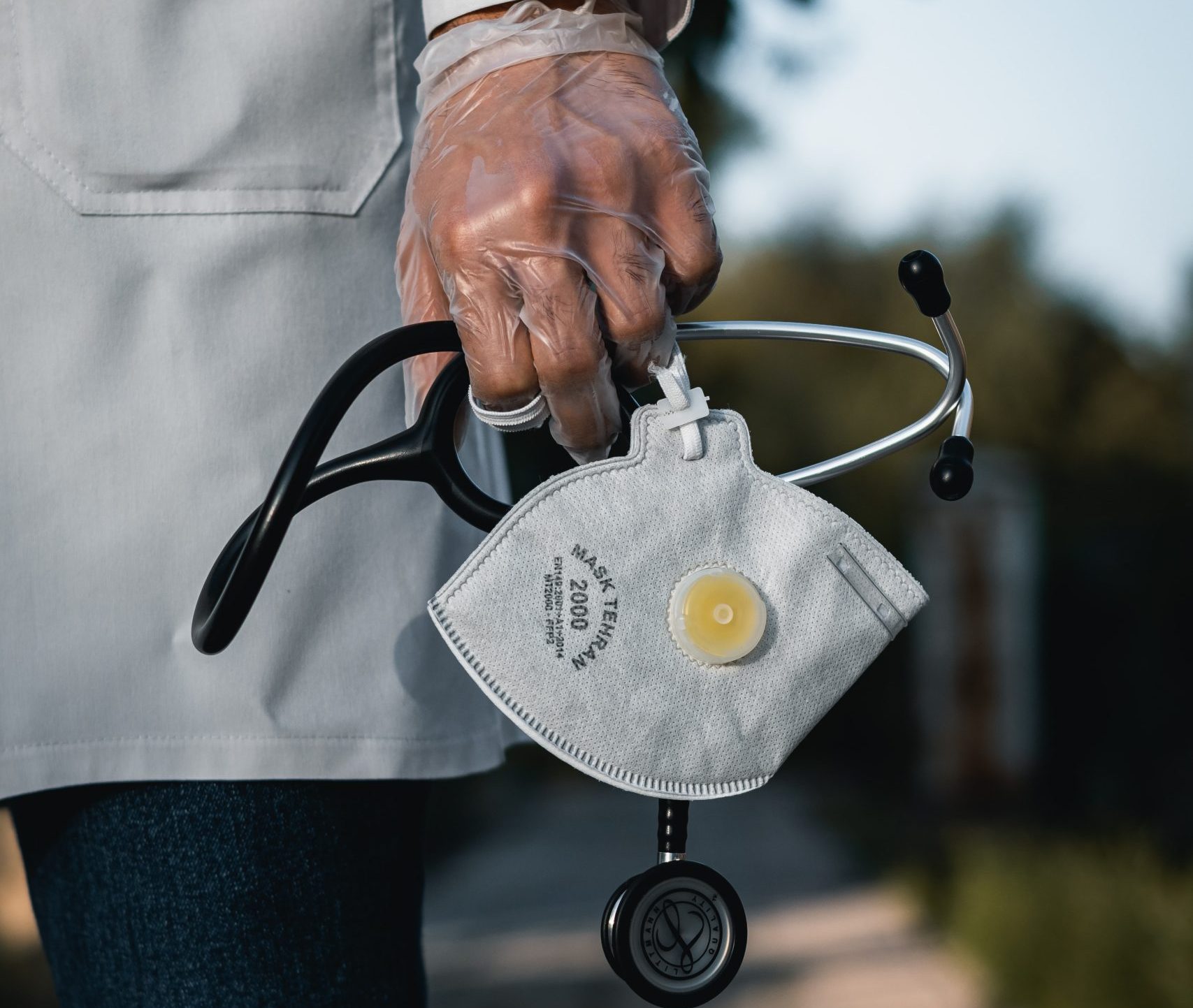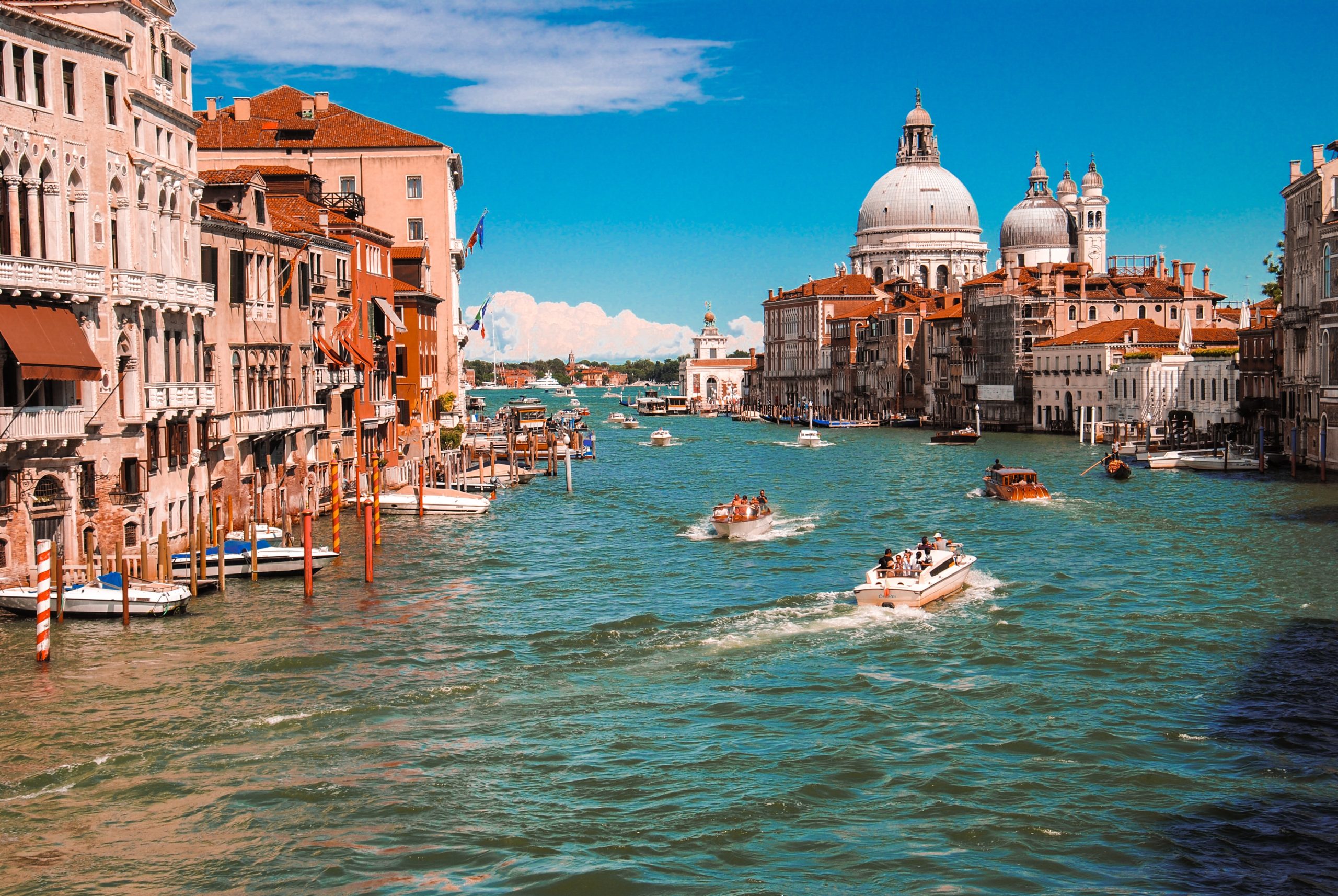Obtaining a Self-Employment Visa in Italy
Getting your hands on a freelance visa (Visa for Self-Employment), as a non-EU citizen, is difficult. Not only does the Consulate ask that you have some form of “employment” lined up before arriving in Italy (often a perplexing situation), but you have to go through some additional processes that, say a person applying for a student visa, does not have to do. There are four main steps:
- Applying for a certificate of “No Impediment” at the Chamber of Commerce, obtaining authorization or license or enrolment to perform specific self-employment activities;
- Applying for and obtaining a “Nulla Osta” (Security Clearance issued by the competent Immigration Desk);
- Filing the visa application at the Italian Consulate of the applicant’s place of residency;
- Application for the residence permit.
What is interesting about this process is that to obtain the “Nulla Osta” it must be requested by your employer, your employer in Italy, which brings us back to the perplexing part of the opening paragraph. This Italian employer must also submit documents for the process, including their identification and tax documents. So, if you are applying for this kind of visa, you must first find someone—in Italy—who is willing to hire you, which will help to prove the following requirement is met when you apply for the visa itself:
- Have a yearly gross income of at least €8,500.00 earned the year prior to the visa application; or an engagement proposal signed by an Italian client(s) guaranteeing a yearly gross income of at least €8,500.00.
€4,962.36—This amount will be scrutinized each year: it is also the minimum amount that you must earn in Italy for your freelance visa to be renewed the following year.
In addition to all of this there is a limit on the number of non-EU citizens that can enter Italy for work each year. This quota is set annually by a “Flows Decree.” Because of this, your arrival into Italy must be authorized by the Police Headquarters. The only job that is excluded from this “quota” is for ESL teachers, who tend to work in one spot for a shorter amount of time and then to move on to another location.
The other two things that must be established before you obtain a freelance visa are:
- Proof of available accommodation in Italy: for this, if you are planning to live with someone who is already in Italy, you can have them act as a guarantor that you have a place to stay, otherwise you will need to present a lease agreement;
- Health insurance that covers all medical expenses and hospitalization in Italy for the first 30 days after your entry into Italy. 30 days is the minimum and it is better to get 90-day coverage as the process of obtaining all the documents and entering into the Italian National Healthcare System can take about that long
In addition to the above mentioned documents, you will also need to provide the following documents regardless of which type of visa you are applying for:
- A filled out Visa Application Form. All the names appearing on the passport must appear on the application form (all data must match exactly). The form must be dated and signed in front of a Visa Officer—do not sign it before your appointment;
- A recent passport-size photo (2×2), with a white background, full face and front view, stapled/glued to the application form. These photos cannot be scanned or photocopied;
- A valid passport plus 1 copy of the page with the photograph and expiration date. The passport must be valid at least three months after the visa expiration date. Please make sure the passport has at least one full blank page to attach the visa;
- An original and a copy of Driver’s License or State ID as proof of residence in the jurisdiction of the Consulate General. If you recently moved and have not updated your ID, you can submit another proof of current address (e.g., utility bills, bank statements, etc.);
- A Confirmed flight reservation;
- Visa fee in the form of cash or Money Order, payable to the Consulate General of Italy in your jurisdiction and a return envelope if you cannot pick up the passport with the visa in person.
On this last point, it should be mentioned that the consulate will keep your passport until the process has been accepted or rejected.

Opening a Partita IVA as a Non-EU Citizen
Once you arrive in Italy you can obtain a tax code (the equivalent of a social security number) and a Partita IVA, which is the equivalent of a VAT number. You are essentially turning yourself into a business, liable to taxes, and working as a freelancer. So, even after going through the visa process there is still more to do. Without this, you cannot emit invoices and therefore are not eligible—as happens in some less reputable place or with some employers—to be paid for your work.
The best way to open up a Partita IVA is to consult an accountant (commercialista) as they are familiar with all of the frustrating paperwork and requirements. The process is rather fast and, in most cases, can be done in less than a day, though it will take a longer time to actually receive the number because your passcode will be half given in person and the other half sent via certified mail.
Taxes on Freelancers
Self-employed workers pay a lot of taxes compared to their permanent-contract counterparts. Most freelancers opt for a simplified regime which allows you to forgo claiming some objects on your taxes in favor of paying a lower rate. This tax scheme allows a 5% rate to apply to the taxable income for the first 5 years. After this period passes, a 15% rate is applied.
Normally, for self-employed professional workers who have their residency in Italy, the withholding tax is 20%. But, if the self-employed person is not resident in Italy, the withholding tax is 30%. The ordinary tax regime in Italy implies progressive rates starting from the minimum rate of 23% to the maximum rate of 43% (if the income is over €75,000). As you can see, there is a very wide range on what you can expect to pay for taxes in Italy, and that initial 5% tax appeals to a large number of the people who open a Partita IVA.
In addition to the above taxes, you can expect to pay a higher rate to INPS—the Italian social security system—because you will need to save money in order to retire at some point. So, from each paycheck (as a freelancer) you should expect to pay about 40% (if you opted for the simplified regime) of it towards taxes and retirement, and should set that amount aside each month.
Pros and Cons of a Partita IVA
Working with a Partita IVA does have some advantages. The primary one being that, at the end of the day, you are your own boss. Consequently, this means that you have full control over your work-life balance, which jobs to accept and which to decline. Depending on where you are located in Italy this can be a good or bad thing.
There are many types of tax regimes in Italy. Depending on what you need, there can be many advantages to the Partita IVA number, including tax and accounting simplifications along with reduced levels of taxation for some categories of workers. You should consult an accountant to get a full overview of the advantages and disadvantages for you and to understand whether it’s convenient for you (or your business) to register for a Partita IVA.
Working as a Freelancer in Italy
Freelancers are, more often than not, exploited in Italy. A large percentage of the population uses them—around 30%—because employers do not give out permanent contracts easily, unlike those that citizens coming from the U.S. are used to. So, when deciding which type of visa you are going to apply for to come to Italy, it is important to take into account not only the shear amount of tax you will have to pay (which will also have an effect on the type of job you’ll want—e.g. a salary that looks good on paper might not be enough to survive on after you subtract that chunky 40% for taxes and retirement) along with the pros and cons, but also the complexity of the overall process.
Consider reading our articles about how to apply for a Residence permit in Italy, how to renew your residence in Italy, and requirements for a residence permit in Italy.







